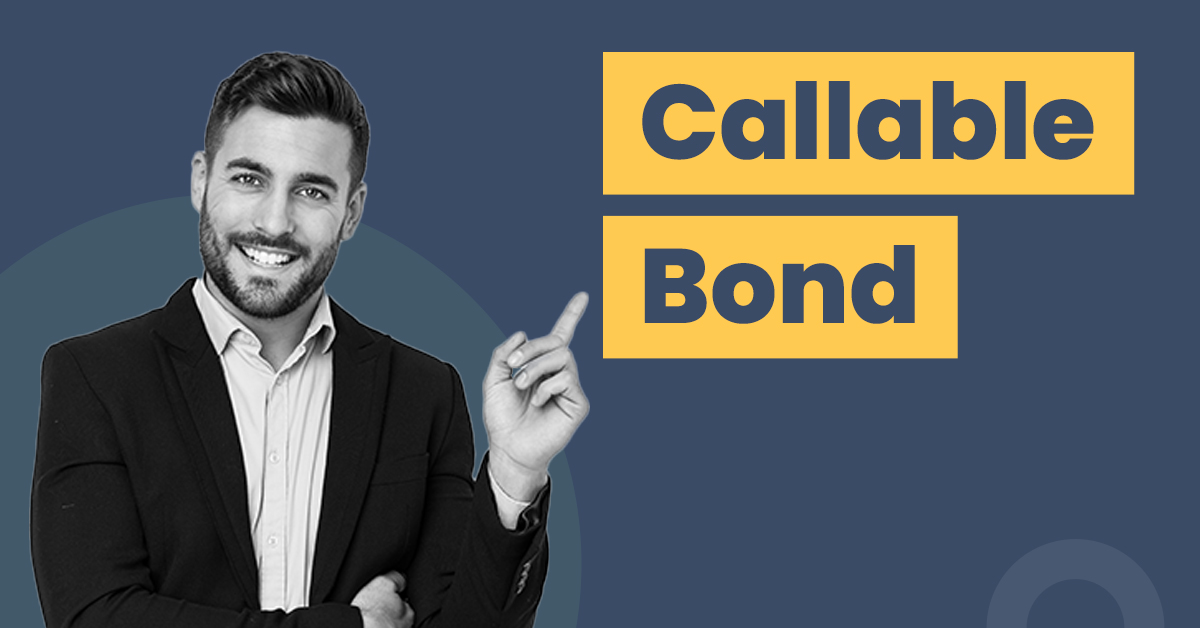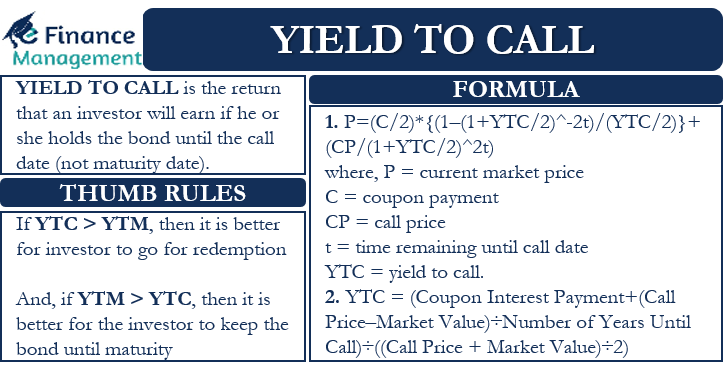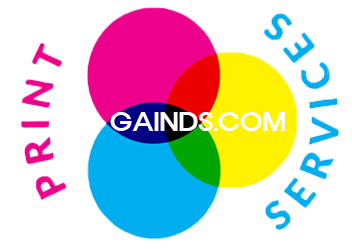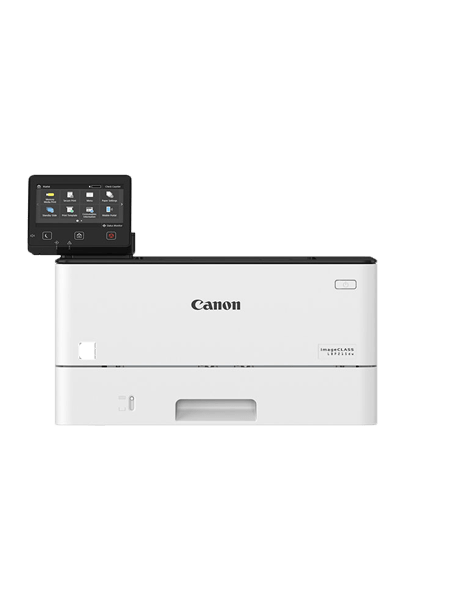
They come with a call feature which issuers can exercise only after completion of a certain time period, like 5 years or 10 years. The call date is a day on which the issuer has the right to redeem a callable bond at par, or at a small premium to par, prior to the stated maturity date. The call date and related terms will be stated in a security’s prospectus. A callable, or redeemable bond is typically called at an amount slightly above par value; the earlier a bond is called, the higher its call value.
Look Before You Leap Into Callable Bonds
• The value of callable bonds is influenced by changes in interest rates, with their desirability decreasing as interest rates fall. If you own a callable bond, remain aware of its status so that, if it gets called, you can immediately decide how to invest the proceeds. To find out if your bond has been called, you will need the issuer’s name or the bond’s CUSIP number. When you are buying a bond on the secondary market, it’s important to understand any call features, which your broker is required to disclose in writing when transacting a bond. Suppose that three years go by, and you’re happily collecting the higher interest rate.

Different types of callable bonds
- Put another way, the call premium is the difference between the call price of the bond and its stated par value.
- If interest rates drop, the issuer of a callable bond is likely to exercise the call option and issue new bonds at lower interest rates.
- On specified dates, the company will remit a portion of the bond to bondholders.
When interest rates decrease, borrowers (issuers) have an opportunity to refinance the terms of the bond coupon rate at a lower interest rate, thereby reducing their cost of borrowing. When bonds are “called” before they mature, interest will no longer be paid to the investors. Three years from the date of issuance, interest rates fall by 200 basis points to 4%, prompting the company to redeem the bonds. Under the terms of the bond contract, if the company calls the bonds, it must pay the investors $102 premium to par. Therefore, the company pays the bond investors $10.2 million, which it borrows from the bank at a 4% interest rate.
What are the factors to consider before issuing callable bonds?
The call rule on callable bonds refers to the ability of a bond to be redeemed or repaid by its issuer prior to its maturity date. • Callable bonds allow issuers the option to redeem the bond before its maturity date. Some you can hold for years before the issuer redeems them, and others can be called much sooner. Callable bonds are often called when interest rates fall significantly, making it financially beneficial for the issuer to refinance the debt at a lower cost. These bonds are issued by various urban local bodies like municipal corporations or municipalities.
This would mean that all bondholders would receive a 5% premium above par ($1,000 per bond) in addition to the principal, as a consolation for the call. Sinking fund redemptions require issuers to regularly callable bond meaning redeem a set portion or all of the bonds based on a fixed timetable. Vanilla or plain vanilla bonds are the most basic type of bonds that have a fixed coupon payment at pre-set fixed intervals.
Reduce Debt
In other words, the corporation needs to have enough revenue and cash flow from its operations to be able to make the principal and interest payments on its debts. The interest payments on callable bonds are part of the cost of the company’s debt. For example, assume a callable corporate bond was issued today with a 4% coupon and a maturity date set at 15 years from now. If the call protection on the bond is good for ten years, and interest rates go down to 3% in the next five years, the issuer cannot call the bond because its investors are protected for ten years.
These bonds require issuing entities to conform to a particular schedule while redeeming a part or complete debt. On some specific dates, companies or bond issuing organisations will have to repay partial amounts to investors. One of the main advantages of these bonds is that it saves companies from paying a lump sum money on redemption. Callable bonds are a type of fixed income bonds with an embedded call option which gives issuers the right to redeem such bonds before their maturity dates. However, the issuing entities are not under any obligation to redeem them before the expiry.
Callable bonds, also known as redeemable bonds, offer a fascinating dimension in fixed-income securities. These are types of bonds that can be redeemed or paid off by the issuer before they reach the date of maturity. In this article, you are set to explore the intricate nature of these bonds, understanding their meaning, how they operate, and real-world examples. A senior note is a type of bond that takes precedence over other bonds and debts if the company declares bankruptcy.






